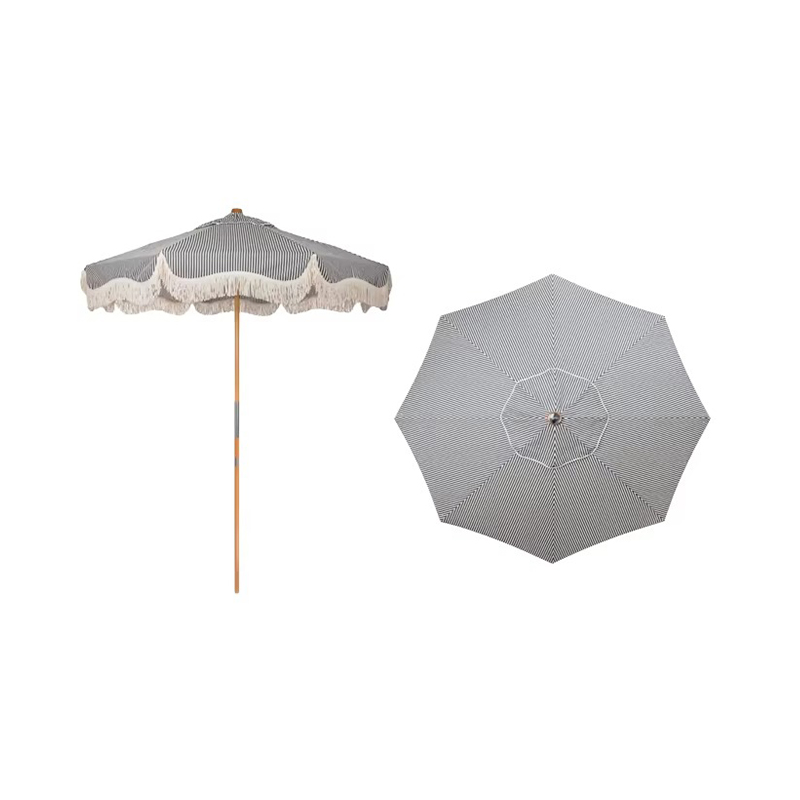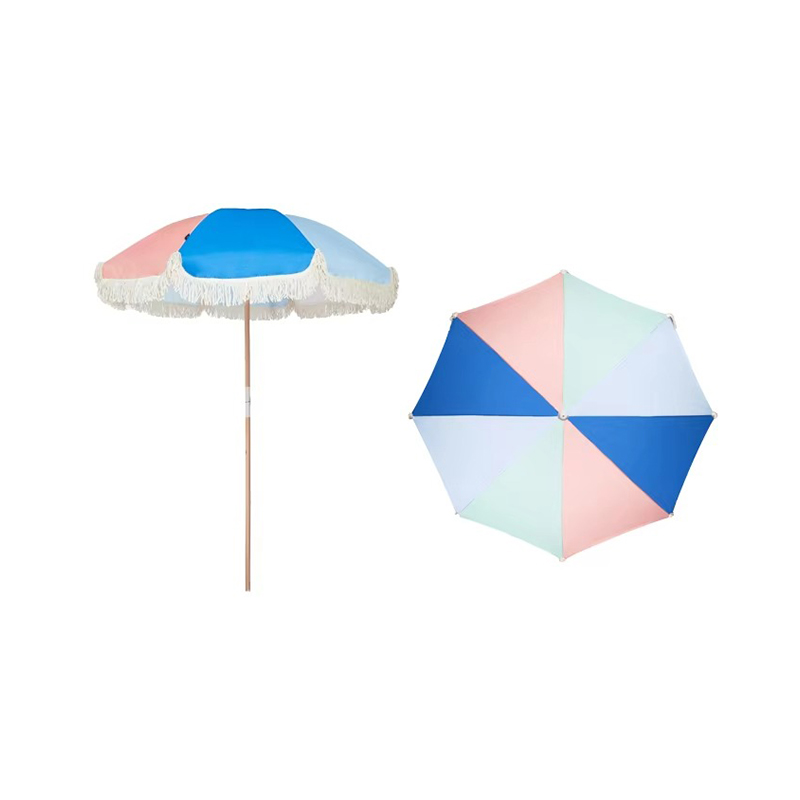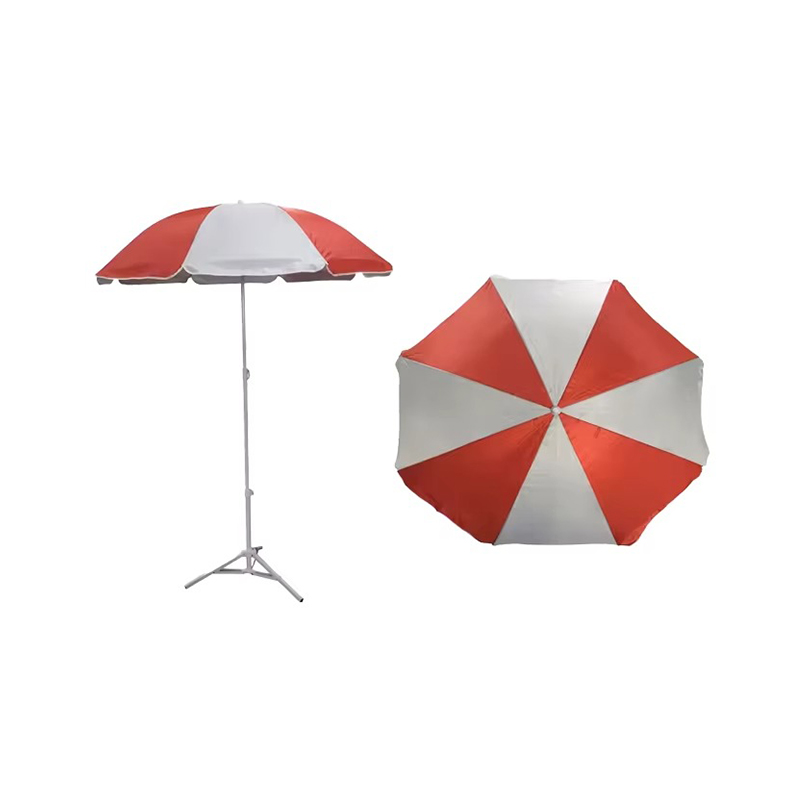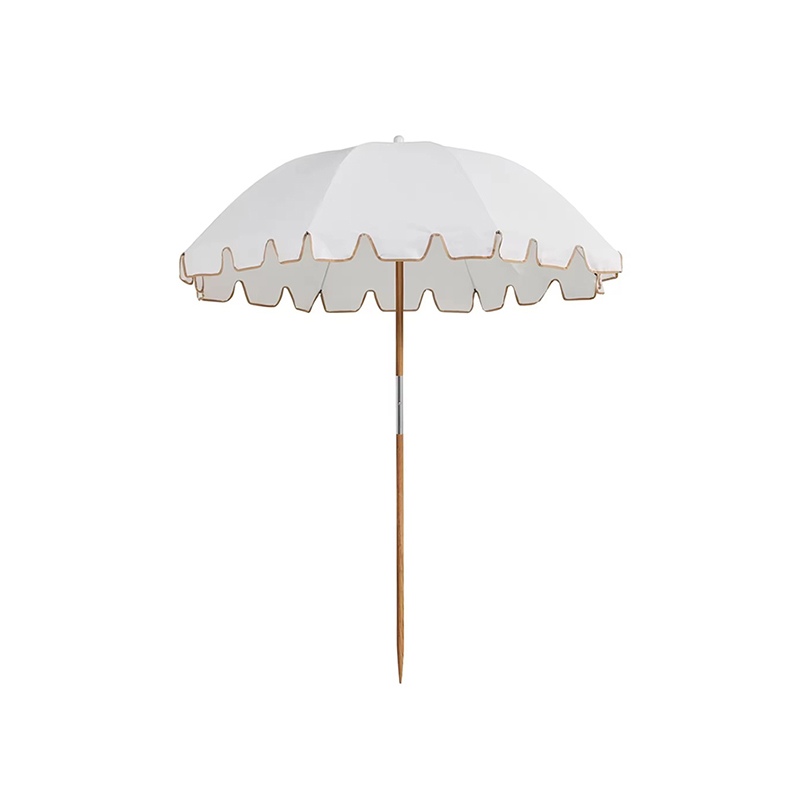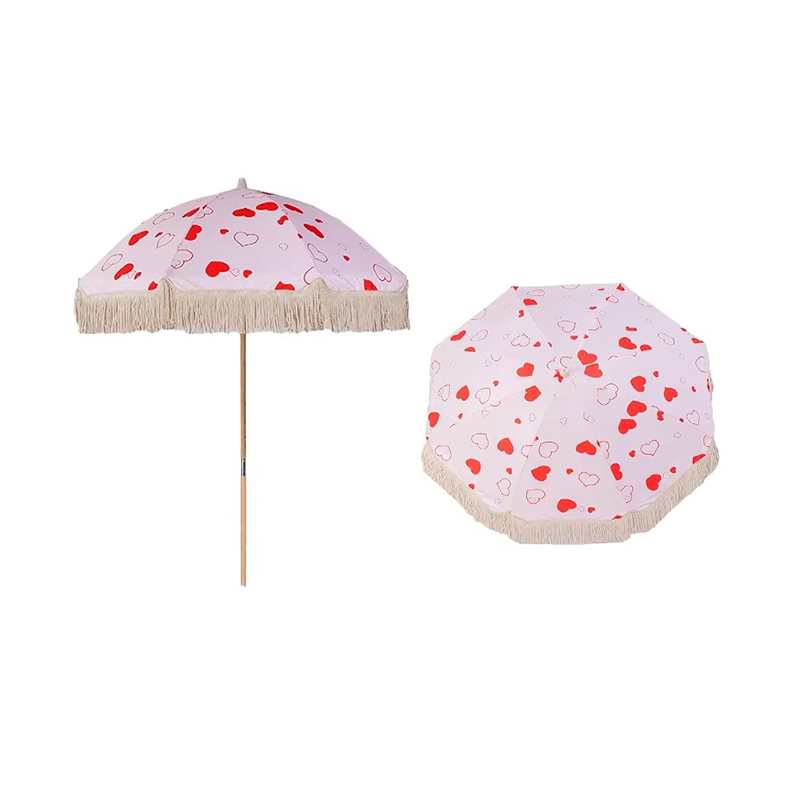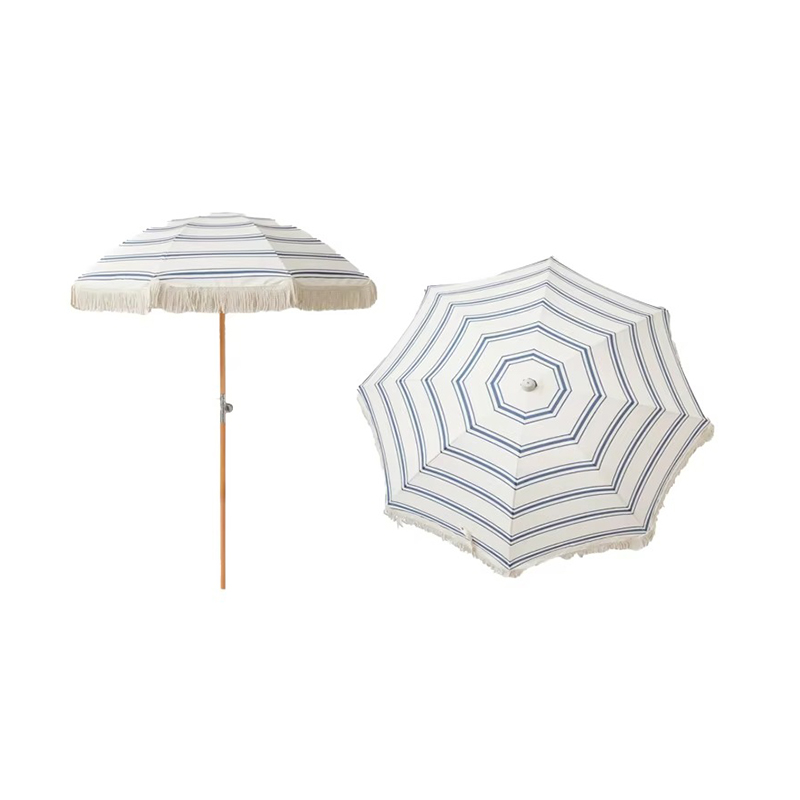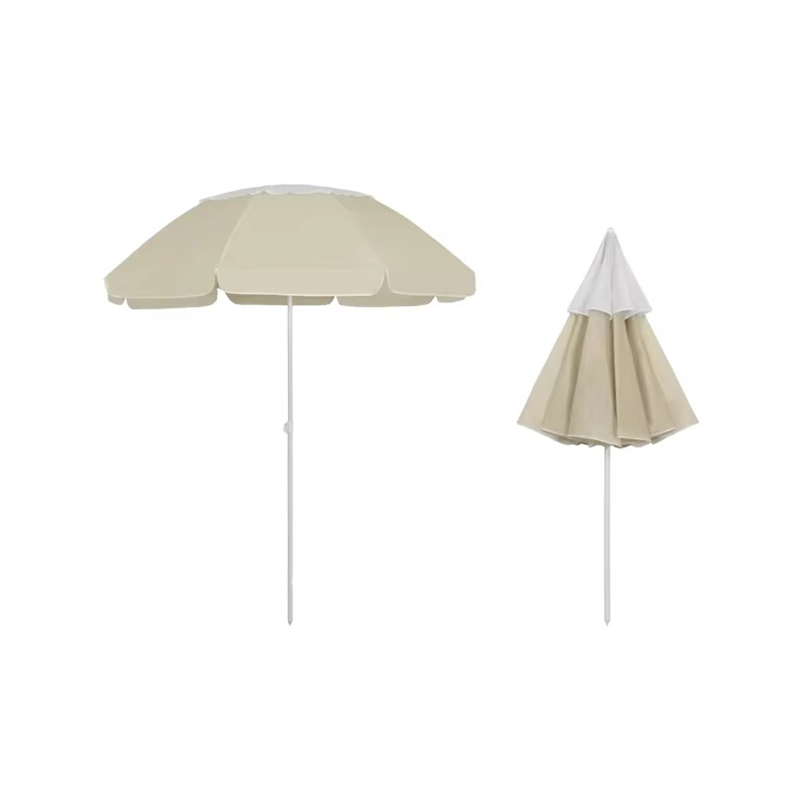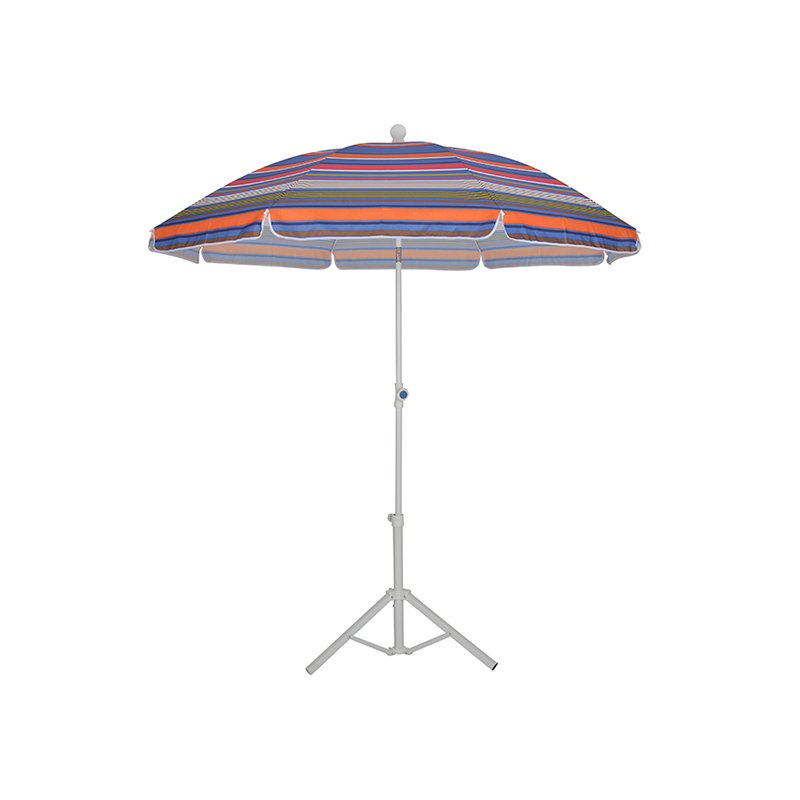Can beach umbrellas protect our skin from sunburn?
Posted by Admin
Beach umbrellas can indeed protect our skin from sunburn to a certain extent, especially in sunny beach environments. Its main function is to block direct sunlight, reduce the time we are directly exposed to ultraviolet rays, and thus reduce the risk of skin sunburn or redness. Sunburn is actually caused by prolonged exposure of the skin to strong ultraviolet (UV) radiation, especially around noon when the sun's UV rays are strongest. Without any shielding measures, the skin may experience redness, burning pain, and even peeling in a short period of time.
High quality beach umbrellas usually use umbrella fabrics with UV resistant coatings, which can effectively block most UVA and UVB rays, acting like sunscreen. A beach umbrella labeled with "UPF50+" indicates that it can filter out at least 98% of ultraviolet rays, providing stronger protection. The larger the umbrella surface area, the wider the coverage range, and the better the sun protection effect. Many beach umbrellas are also designed with adjustable angles, which can adjust the direction of the umbrella face according to the position of the sun, more accurately blocking direct sunlight.
Beach umbrellas can effectively block direct sunlight, but they cannot completely prevent ultraviolet rays from reflecting or scattering into our skin. Sand, water surfaces, and even clothing surfaces can reflect ultraviolet rays, and even when sitting under an umbrella, some ultraviolet rays will "wrap around" from all around. That's why even if you stay in a cool place for a long time, you still feel your skin turning red from the sun. For more comprehensive sun protection, in addition to using a beach umbrella, it is recommended to use sunscreen, wear sunscreen clothing, sun hats, and sunglasses in combination.


